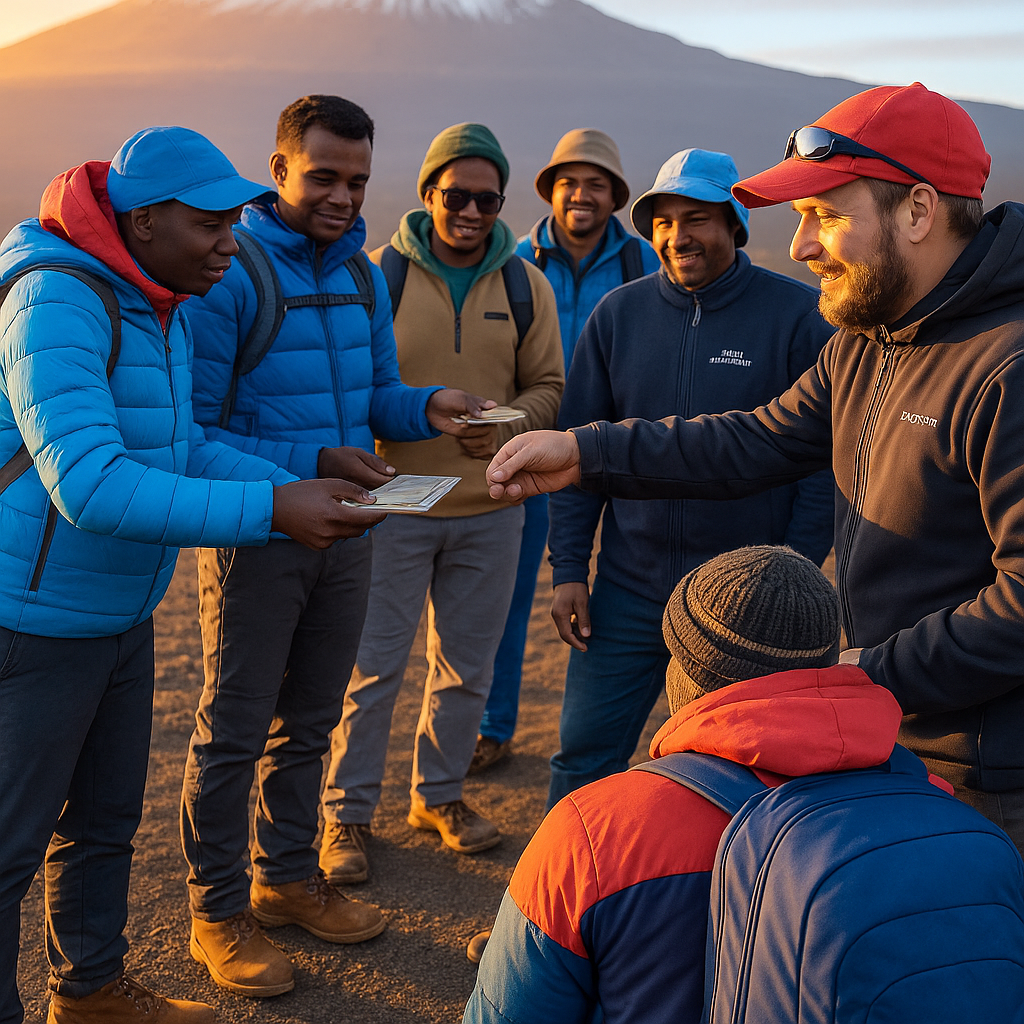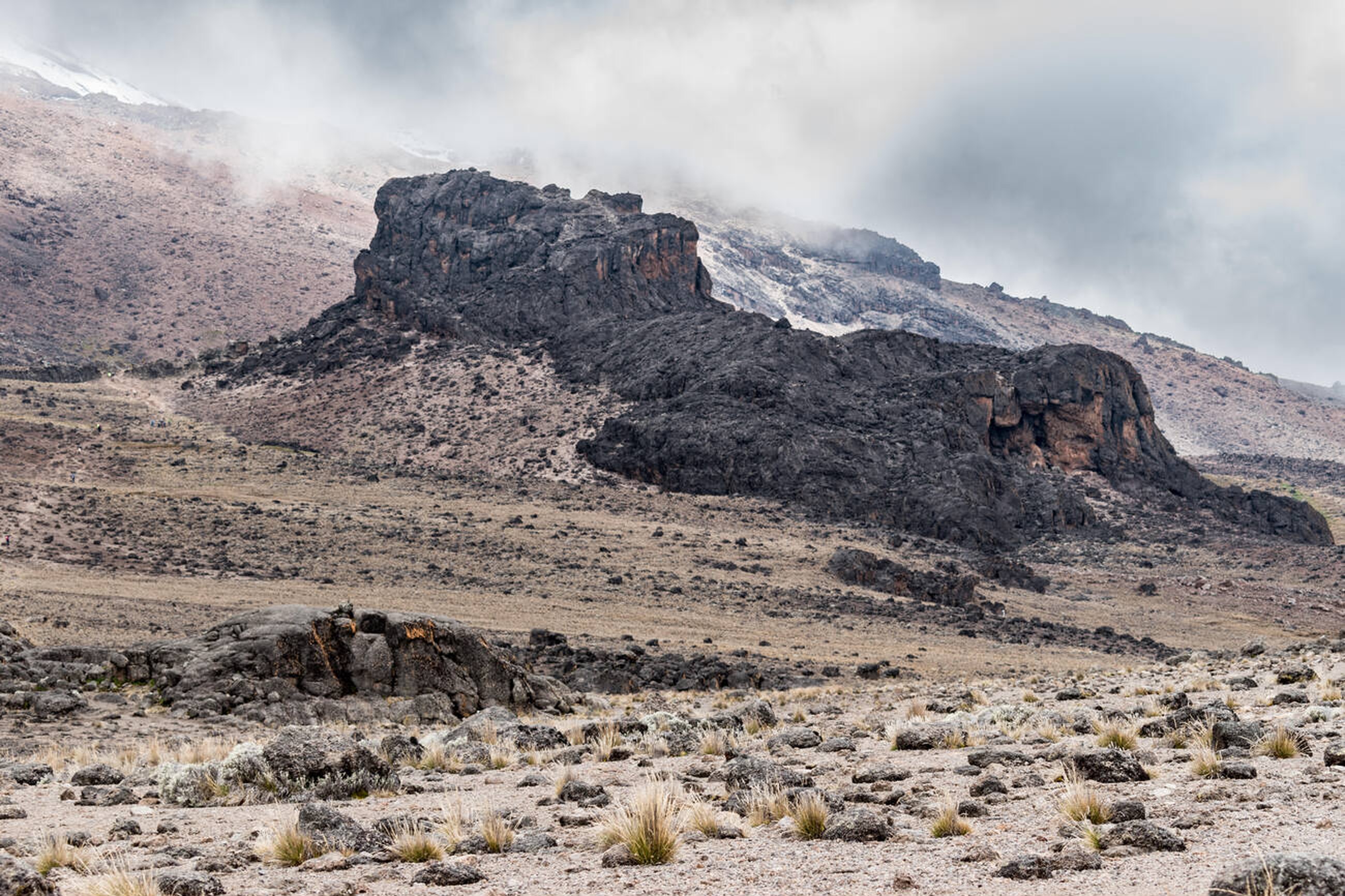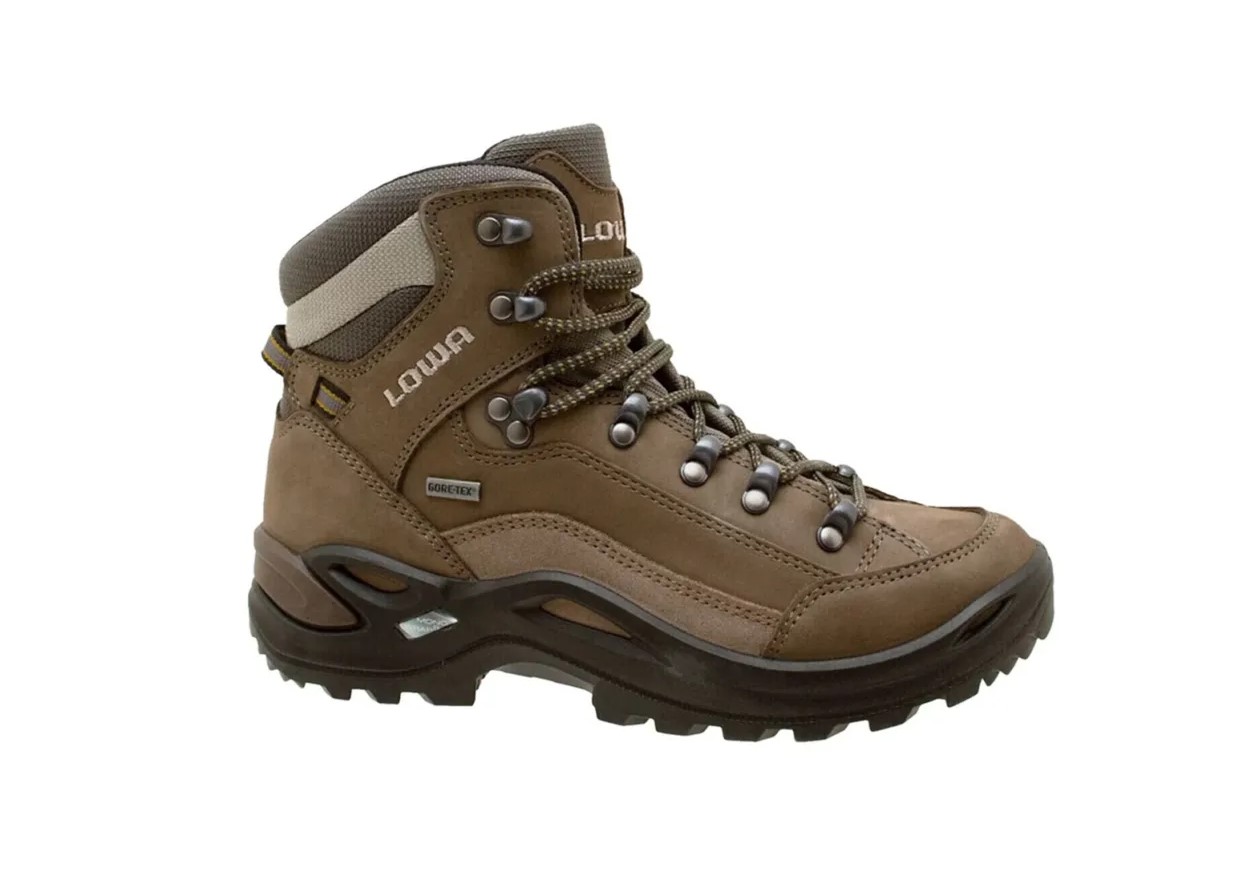Trekking Poles: Your Kilimanjaro Ally?
Climbing Mount Kilimanjaro (5,895m/19,341ft) is a physically demanding journey across 50–70km of varied terrain, from muddy rainforests to scree-covered slopes. Trekking poles are optional but can significantly enhance your climb by reducing joint stress and improving balance. Kilisherpas Travel, with a 95%+ summit success rate across 20,000+ ascents since 2021, breaks down the pros, cons, and practical tips for using trekking poles on your 2025 Kilimanjaro adventure.
Are Trekking Poles Necessary?
Trekking poles are not mandatory for Kilimanjaro, as Kilimanjaro National Park does not require them, and some experienced hikers climb without them. However, they’re highly recommended for most climbers, especially beginners or those concerned about joint pain or balance. Poles act like an extra pair of legs, providing stability and reducing fatigue across long treks (4–6 hours daily, 12–14 hours on summit night).
Pros of Using Trekking Poles on Kilimanjaro
1. Reduce Joint Stress
- Benefit: Poles distribute weight across four points (legs + poles), reducing knee and ankle stress by up to 30%, per biomechanical studies.
- Impact: Eases strain on steep ascents (e.g., Barranco Wall on Machame/Lemosho) and long descents (2,000m from Uhuru Peak).
- Who Benefits: Climbers with knee issues, older trekkers (50+), or those carrying 5–10kg daypacks.
Kilisherpas Tip: Adjust pole length (shorter for ascents, longer for descents) to maximize joint relief.
2. Improve Balance
- Benefit: Poles enhance stability on uneven terrain like scree, rocks, and icy patches in the alpine desert (4,000–5,000m) and summit zone.
- Impact: Reduces fall risk, especially when fatigued after days of climbing or during summit night’s darkness.
- Example: Loose scree on the descent from Barafu Camp (4,673m) is easier with poles for grip.
Tip: Pair poles with boots featuring deep lugs (e.g., Lowa Renegade GTX) for extra traction (see Boots Guide).
3. Promote Consistent Rhythm
- Benefit: Poles create a “step, pole, step, pole” rhythm, fostering a meditative pace that conserves energy.
- Impact: Supports “pole pole” (slowly, slowly) pacing, critical for acclimatization and endurance (see Success Guide).
- Example: On Lemosho’s gradual Shira Plateau, poles help maintain a steady, conversational pace.
Tip: Practice your rhythm on training hikes to sync steps and poles.
4. Engage Upper Body
- Benefit: Poles activate arm muscles (biceps, triceps), improving circulation and reducing hand swelling at high altitudes.
- Impact: Engages underused upper body, balancing exertion across long treks (6–9 days).
- Example: Useful on flat stretches like the alpine desert, where arms otherwise see little action.
Tip: Use poles with ergonomic grips (e.g., Black Diamond Trail, ~$100) for comfort.
5. Flexible Options
- Benefit: Bring your own telescoping poles (compact for travel) or rent from Kilisherpas for ~$20–$30 per trip.
- Impact: Affordable and accessible; rentals reduce luggage hassle.
- Example: Collapsible poles fit in your duffel, ideal for flights to Kilimanjaro International Airport (JRO).
Kilisherpas Tip: Contact us post-booking to arrange rentals; test poles on 100+ km of training hikes.
Cons of Using Trekking Poles
1. Can Be Cumbersome
- Drawback: Poles dangle at your wrists when not in use, potentially snagging on rocks or gear.
- When It’s an Issue: During the Barranco Wall scramble (Machame/Lemosho), where hands are needed, poles must be stowed in your pack.
- Mitigation: Use collapsible poles with wrist straps for easy storage; practice quick stowing on training hikes.
Tip: Stow poles in side pockets of your 20–30L daypack for quick access.
2. Adjustment Period
- Drawback: Beginners may find poles clumsy initially, disrupting rhythm or feeling burdensome.
- When It’s an Issue: Early days (rainforest, moorland) if you’re unused to poles.
- Mitigation: Train with poles for 3–6 months pre-climb, starting with short walks and building to 6–8-hour hikes.
Do You Need Trekking Poles?
- Highly Recommended For:
- Beginners or those new to high-altitude trekking.
- Climbers with knee/ankle issues or joint concerns.
- Older trekkers (50+) or those seeking extra stability.
- Routes with steep terrain (e.g., Machame’s Barranco Wall, Lemosho’s scree descents).
- Optional For:
- Experienced trekkers comfortable with balance and 10–15kg daypacks.
- Climbers on flatter routes like Rongai, though poles still aid descents.
- Verdict: Poles significantly boost comfort and summit success (95% on Kilisherpas’ 8-day Lemosho), especially for first-timers or those prioritizing joint health.
Choosing and Using Trekking Poles
- Features:
- Telescoping: Adjustable length (90–130cm) for ascents/descents.
- Material: Lightweight aluminum or carbon fiber (~0.5–0.7kg/pair).
- Grips: Cork or foam for sweat absorption; ergonomic for comfort.
- Tips: Carbide tips for grip; add snow baskets for summit night.
- Top Picks: Black Diamond Trail (~$100), Leki Makalu Lite (~$120).
- Training: Use on 100+ km of hikes with Kilimanjaro socks and boots (see Boots Guide).
- On Kili: Adjust length daily (shorter for uphills, longer for downhills); stow for Barranco Wall.
Kilisherpas Tip: Rent poles from us for $20–$30; test adjustments during pre-climb briefings in Moshi.
Why Climb with Kilisherpas Travel?
- Gear Support: Rent poles, jackets ($65), and sleeping bags ($50) for budget-friendly prep.
- Safety: WFR-certified guides ensure proper pole use and monitor health.
- Success: 95% summit rate on 8-day Lemosho with Kosovo Camp (see Machame vs. Lemosho).
- Ethics: KPAP-compliant, supporting fair porter wages.
Ready to Climb with Trekking Poles?
Trekking poles aren’t mandatory but can be your ace for a smoother, safer Kilimanjaro climb. Kilisherpas Travel equips you for success in 2025 - 2026 with rentals and expert advice. Book your trek, download our Packing List, or explore our hiking tours.


